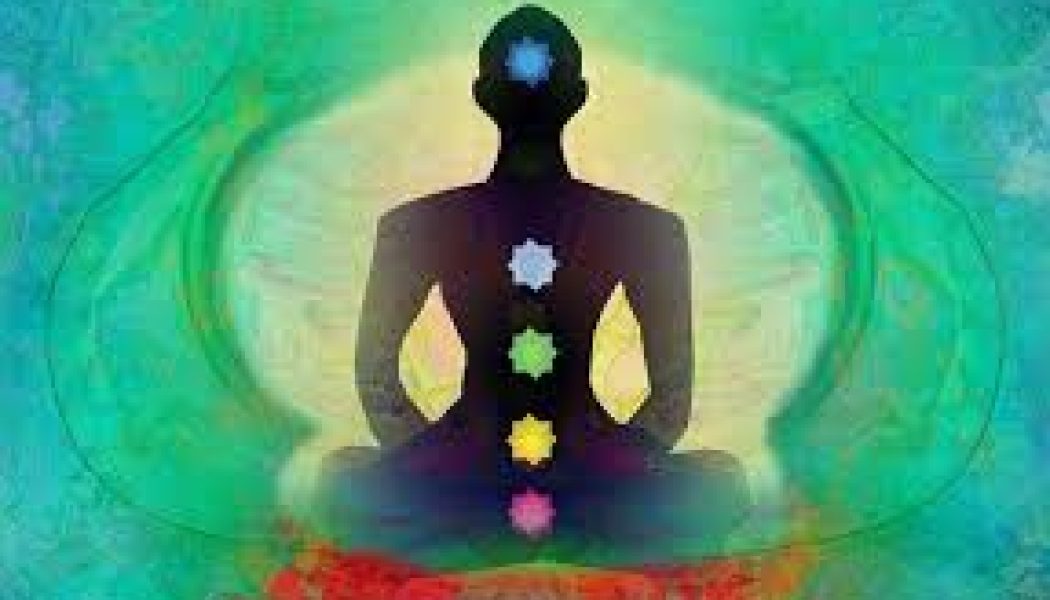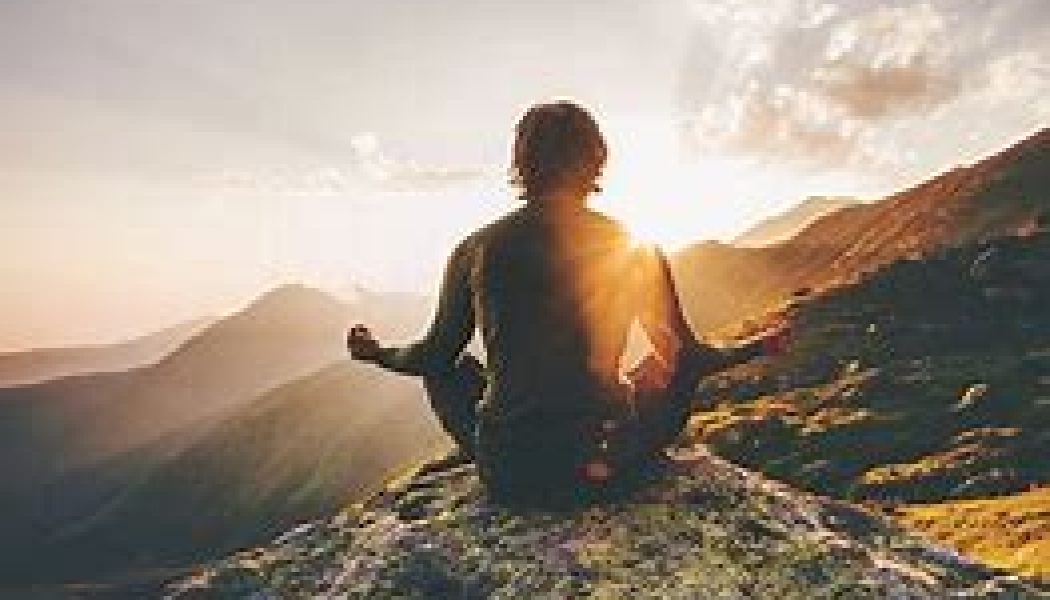Meditation
TREE MEDITATION
DEEP PEACE OF THE TREE MEDITATION We work with many methods of meditation. Here is one, inspired by the deep peace of the trees, that you can practice, either as a spiritual exercise in its own right,...
Meditation with Jade
In Chinese thought, jade is very highly regarded, since it is said to embody the five cardinal virtues: charity, modesty, courage, justice and wisdom. For this reason, it can be used as an aid to medi...
A Goddess Meditation
You can use this to create your personal or group Charge of the Goddess.Find a quiet, safe place for meditation where you will not be disturbed and can fall asleep withoutcoming to any harm, if you ...
A Meditation to Help You Reduce Anxiety
A meditation to help you reduce anxiety. First, I’d like to invite you to gently close your eyes and take a nice, slow, deep breath in, deeper than you’ve taken all day so far. And as you exhale, conc...
Meditation and Visualization
Preparing for ritual and magical work involves accessing a beneficial altered state of mind that allows for both openness and focus. Many traditions practice specific meditation and visualization tech...
Simple Formula for HedgeWitch, Spellwork, Prayer, and Meditation
1. Go to the still point. This means relaxing, closing your eyes, taking several deep breaths, and letting nothing fill your mind. Be at peace. In your mind, surround yourself with white light. 2. Nex...
Meditation, Grounding and Centering Part 3
Visualization is critical to any magickal practice. It is the art of seeing with your mind’s eye, the results you wish to manifest when your work is completed. So how do we achieve that? With practice...
Meditation, Grounding and Centering Part 2
The next important step is to learn to Ground and Center. What does that mean exactly? Well during the course of our day-to-day, our energy scatters to the four winds as we try to grapple with the hec...
Meditation, Grounding and Centering Part 1
Three of the most important basic practices of Witchcraft include Grounding, Centering and Meditation. I’m going to address each one separately but the combined practice of these is going to be invalu...
How to Meditate
Attitude is everything. While there are many meditative strategies, what makes the difference in terms of spiritual awakening is your quality of earnestness or sincerity. Rather than adding another “s...
Mindfulness in Meditation
Mindfulness is not a technique so much as an important aspect of magical practice. Mindfulness is being in the moment, allowing whatever task you’re performing to have the whole of your attention in a...
Meditation
Meditation is a focusing of the mind and creating within it a relaxed state of awareness. When you learn to properly meditate, you actually alter how your brain functions—lowering the brainwave freque...
Techniques to Quieten Your Mind 5
Leave the city for a while and reconnect with nature. This could mean going on your lunch break in a nearby park or going on a vacation to get away from the stress of daily life. Anything you can do t...
Techniques to Quieten Your Mind 4
Live in the here and now. Forget about the errands you have to run tomorrow after work, or the bills you have to pay next week, or the uncertainty of your future that you haven’t even gotten to yet. W...
Techniques to Quieten Your Mind 3
Meditate on a regular basis. We suggest meditation a whole lot on our website, but for good reason. When you meditate, you stop the flow of thoughts bombarding your consciousness every second, and ins...
Techniques to Quieten Your Mind 2
Repeat peaceful words to yourself throughout your day. Pay attention to your brain at this very moment…what kinds of thoughts do you observe? Most likely, you will notice that the majority of your tho...
Techniques to Quieten Your Mind 1
Focus on the positive aspects of yourself and your surroundings. In short, we have collectively created the mass disorder and confusion we observe around us on a daily basis with our thoughts. We have...
Techniques to Quieten Your Mind Introduction
In many ways, the uncontrolled mind resembles a five-year-old child wanting to run amok through the city streets, only able to sit still for a few seconds before getting the urge to jump up again. If ...
Witchcraft Theory Practice and Meditation
Meditation is a very ancient technique that has been used worldwide by sages, magi, magicians, witches, wizards, and monks who have taught people who have in turn taught others. The actual word “medit...





































